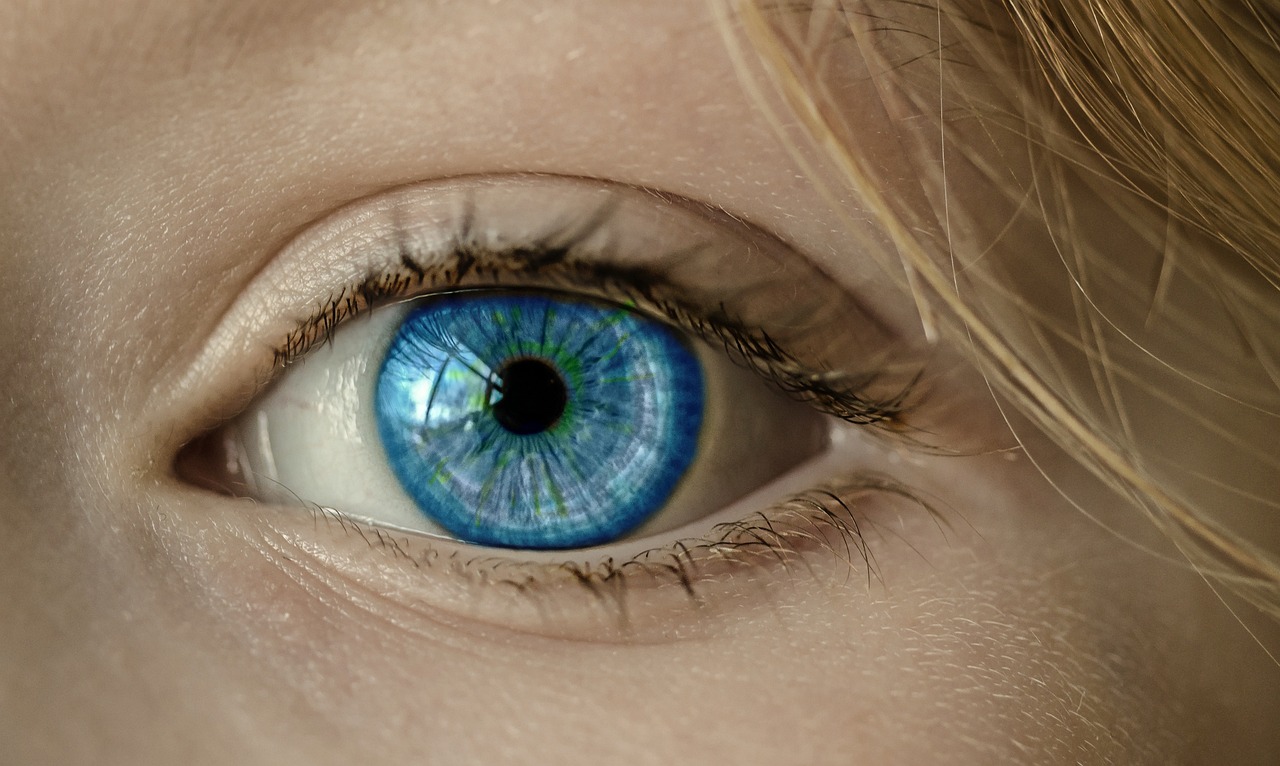Vision is a vital aspect of our daily lives, and advancements in medical technology have made it possible to correct vision problems more effectively than ever. One of the most exciting developments in the field of ophthalmology is Smile Eye Surgery, a minimally invasive procedure that utilizes cutting-edge technology to enhance visual clarity. This blog will delve into the science behind SMILE, exploring how it works and the benefits it offers for those struggling with refractive vision errors.
Understanding Refractive Errors
Refractive errors, including myopia (nearsightedness), hyperopia (farsightedness), and astigmatism, occur when the eye does not bend light correctly, resulting in blurred vision. Traditionally, these conditions have been addressed through glasses, contact lenses, or more invasive surgical options such as LASIK. However, Smile Laser Eye Surgery offers a promising alternative that combines precision with a quicker recovery time.
The Evolution of Laser Eye Surgery
Over the past few decades, laser eye surgeries have revolutionized how refractive errors are treated. The development of femtosecond laser technology has paved the way for procedures like SMILE, which stands for Small Incision Lenticule Extraction. This technique not only enhances safety and effectiveness but also minimizes the potential side effects associated with more traditional surgeries.
How SMILE Eye Surgery Works
The SMILE procedure begins with a thorough evaluation by an eye care professional to determine if the patient is a suitable candidate. This assessment includes a comprehensive eye exam, measuring corneal thickness, and mapping the cornea’s surface.
Once approved for the surgery, the patient will be asked to lie down comfortably while the surgeon administers numbing eye drops. The femtosecond laser then creates a small, precise incision in the cornea, typically about 2 to 4 millimeters long. Using this incision, a lenticule—a small, disc-shaped piece of corneal tissue—is removed, altering the shape of the cornea to improve focus. Unlike traditional laser procedures, which reshape the cornea’s surface, SMILE maintains the cornea’s structural integrity, which can lead to better stability and reduced dry eye symptoms post-surgery.
Benefits of SMILE Eye Surgery
One of the key advantages of SMILE is its minimally invasive nature. The small incision reduces the risk of complications, such as infection and corneal haze, while promoting faster recovery. Many patients experience improved vision almost immediately, with optimal results typically seen within a few days.
Additionally, because the SMILE technique involves fewer steps than traditional LASIK, it can result in less disruption to the cornea and surrounding tissues. Patients often report less discomfort and fewer side effects, making it an attractive option for those considering vision correction.
Safety and Efficacy
As with any medical procedure, safety is a top priority. Extensive clinical trials have demonstrated the safety and effectiveness of SMILE. Most patients achieve 20/25 vision or better after the surgery, allowing them to resume daily activities without the need for glasses or contact lenses.
Furthermore, SMILE has shown promising results for patients with higher degrees of myopia and astigmatism, which can sometimes be challenging to treat with traditional methods. The minimally invasive nature of the procedure makes it suitable for a wider range of patients, including those with thinner corneas.
Recovery and Aftercare
Recovery after SMILE is generally quick and straightforward. Most patients can return to their normal activities within a day or two, with many even returning to work the following day. It’s essential to follow post-operative care instructions, which typically include using prescribed eye drops, avoiding rubbing the eyes, and attending follow-up appointments for monitoring.
While some mild discomfort or sensitivity to light may be experienced during the initial healing period, these symptoms usually subside quickly. By maintaining regular check-ups, patients can ensure their vision continues to improve and monitor any potential complications.
Who is a Candidate for SMILE?
SMILE is suitable for a wide range of individuals, particularly those who are over 18 years old and have stable vision prescriptions. It is ideal for people with moderate to high myopia and astigmatism. However, not everyone is a good candidate, and a thorough examination by a qualified eye specialist is crucial to determine the best treatment plan for individual needs.
Exploring Alternatives to SMILE
While SMILE offers numerous benefits, it’s essential to understand that it may not be the perfect solution for everyone. Other options, such as LASIK, PRK, or implantable contact lenses, can also provide effective vision correction. A comprehensive consultation with an eye care professional can help patients make informed decisions based on their unique circumstances.
The Future of Vision Correction
The field of ophthalmology is continuously evolving, with ongoing research focused on improving existing procedures and developing new techniques. As technology advances, procedures like SMILE are becoming more refined, providing patients with even better outcomes and experiences. The ultimate goal is to offer safe, effective, and personalized solutions for vision correction, allowing individuals to enjoy their lives without the limitations of poor eyesight.
Conclusion
In summary, Smile Eye Surgery is a groundbreaking technique that offers a safe and effective solution for those seeking to improve their vision. With its minimally invasive approach and quick recovery time, SMILE has become a preferred choice for many. As part of the ongoing commitment to advancing eye care, Maxivision Eye Hospitals offers the best eye care treatment, ensuring patients receive the highest standard of care tailored to their specific needs.

